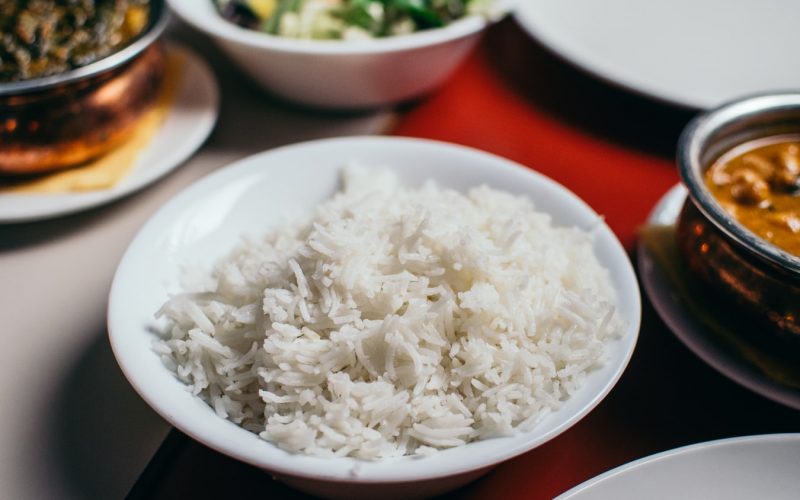
Description: There are different dishes, and each one requires a different approach when cooking. Sushi rice is so common, especially in the East, and there are multiple ways to help the body and numerous forms of cooking it. Is a rice cooker the option?
Origin of Sushi
The dish was enjoyed first in Japan a couple of centuries ago. Back then, salt and vinegar were for preserving fish and were later used to develop a narezushi dish in these modern days.
Health Benefits of Sushi Rice
It has loads of carbs and fats (starch from the grain). The wrappings used to serve the dish, nori, also adds some iodine, vitamins, and minerals. Is sushi rice healthy? Some of the benefits include;
▪ Reduces the risk of stroke and heart diseases
▪ Provides a healthy hormonal balance
▪ Increases the count of red blood cells.
Different Ways of Making Sushi Rice at Home
There are different alternatives that you can use to come up with sushi. You can utilize several apparatus such as an instant pot, cooking over a stove, and in the best rice cookers. The primary conditions are to ensure that you wash it correctly to clear off the starch and soaking.
Tips for Preparing Sushi Rice in a Cooker
The easiest way to make sushi rice, or any other kind of rice for that matter, is by using a rice cooker. There are those expert ways out there for making sushi rice but let’s leave it for chefs to use; as for homemade ones, a cooker is the best way to go. Sushi rice in a rice cooker can be your best approach especially if you want to save on time and get accurate results.
Recipe
The following are the sushi rice ingredients;
- Short-grain rice
- Cold Water
- Sugar
- Salt
- An alternative vinegar.
Procedure
It is essential to ensure that you get your measurements correctly. The amount of serving that you want to cook will influence the number of ingredients to use.
The following is a step-by-step guide to prepare the dish;
1. Wash
Take your short-grain or any sushi rice you’ve got from the stores and put them on a colander. Under your tap, run cold water through the colander and begin to wash thoroughly.
2. Soak
In a bowl, put the clean rice and add water to soak. It helps to take away that extra starch that the cleaning might not have gotten rid of, and also it makes the sushi rice stickier. The amount of water does depend on the amount you’re cooking.
3. Dry
On a flat sheet, lay the grains out for them to rest and dry. The procedure is to help it to cook better, and the sitting should take about 15 minutes.
4. Cook
Put your grains in a rice cooker and ensure that none sticks on the sidewalls. The cookers have a specific amount that they can handle, so ensure not to overwhelm your device by putting the right measurements. Add the required amount of water and close the cooker. Please connect it to a socket, turn it on and allow it to cook.
5. Season
After it has cooked, take it off the cooker and put it on a bowl. In a separate bowl, add salt, sugar, and vinegar (preferably rice vinegar) then stir to mix. Add the seasoning to your bowl of sushi rice and mix it thoroughly until it perfectly blends well with the seasoning.
6. Serve
There are multiple ways of serving, but the best approach is to respect the traditional method. Sushi rice and nori go hand in hand, and if you get your hands on these seaweeds, you should perfectly wrap them in portions and enjoy!
Conclusion: Preparing sushi rice at home requires fewer techniques, unlike how professionals do it, but a few tips here and there will take you a long way. Ensure that you get the right grains, which is very important to the whole dish.
Have you prepared sushi rice before? Did you use a rice cooker? Leave a comment.
Author’s Bio: Nellie Rodriguez is a mother of three and a food explorer. She recently visited Japan and learned a lot about their cooking, but sushi rice got her most attention. She has tried a couple of approaches to execute the dish, but she encourages using the cooker as the best option for a homemade meal.





